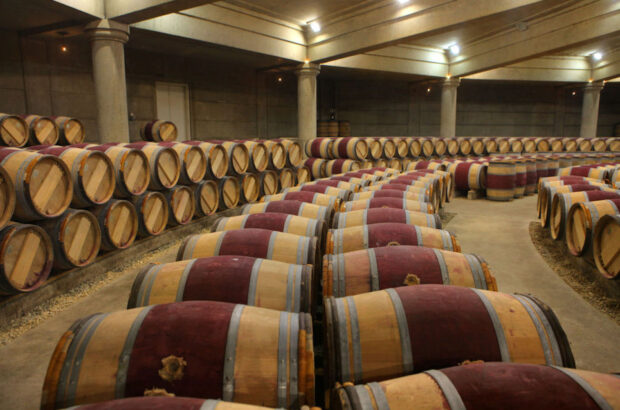Asian consumers struggle to grasp traditional Western wine descriptions, says Jeannie Cho Lee MW.
Writing in this month’s Decanter, Cho Lee explains that wine writers need to discover new ways to communicate with Asian wine drinkers, but that it may take two generations to come up with a language that is relevant and meaningful to Asian wine lovers.
The traditional Western language of wine has been subject to inaccurate translations and means little to many Asian consumers, according to Cho Lee.
When it comes to the Asian palate there is a need for more familiar reference points which relate to their cuisine and dining habits.
For example, wine drinkers in Japan, Hong Kong and Singapore appreciate the subtle elements in mature fine wines, which share the same restrained characters as some of the most-sought after ingredients in Asia such as sea urchin, Kobe beef and shark’s fin.
Similarly, the tolerance level for tannins varies depending on whether the consumer is a regular drinker of tea or bitter vegetables such as ginseng and radish. For those people, full-bodied tannic red wines are extremely enjoyable.
Cho Lee points out that while wine drinkers in the West may describe a Shiraz as having notes of black pepper, liquorice, game and bacon fat, Asian consumers will refer to Tandoori spice, roasted goose or char siu (barbecued pork).
See the full article in the June issue of Decanter magazine – Subscribe here
Written by Suzannah Ramsdale






